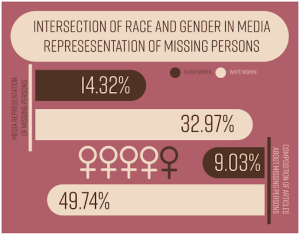Destination Incineration
September 11, 2019
The Amazon Rainforest, with nearly 42,000 individual fires, has been burning for over two weeks. The Amazon has been experiencing deforestation like no other. Deforestation normally occurs with the burning of vegetation but this method of clearing land also has its drawbacks.
Brazil is home to over 60 percent of the Amazon Rainforest. Jair Bolsonaro, President of Brazil, believes that neither the Amazon Rainforest nor its indigenous peoples should be protected. Thousands of indigenous people live in the Amazon. Their homes are being burnt to the ground and the animals that occupy the area will be forced to flee for their lives or die in the flames. The Amazon is also home to a rich variety of plant life, many of which have yet to be closely studied. These plants, which thrive in only in the Amazon will be lost and with them, cures and medicines that could change lives.
The Amazon Rainforest removes 5 percent of global carbon dioxide emissions each year. That’s 2.2 billion tons of carbon dioxide that will now remain in our atmosphere. Once the land is cleared it will become home to incredible amounts of livestock. Brazil is the world’s largest beef exporter, owning almost 1.5 billion head of cattle alone. These cattle naturally produce methane gas, and produce even more methane gas when after they are slaughtered. Not only will the vegetation that removes carbon dioxide be lost, but it will be replaced by a cattle industry that will produce even more methane gas. Because methane gas absorbs 84 times more heat than carbon dioxide, the greenhouse effect on the planet will also be greatly increased.
Although many say the fires in the Amazon are not as massive as those of August 2005, which were nearly twice the size of the fires burning today, it is still an issue. These fires were started to clear land and make way for methane emitting cattle and the flames have grown and spread out of control, emitting massive amounts of carbon dioxide. When these fires spread out of control, they thin the atmosphere, damaging our fragile ecosystems, as well as the animals and indigenous people of the Amazon.
The Amazon Rainforest is often referred to as the lungs of the earth and contributes to many areas of our society, whether it be plants for medicinal purposes, habitats for indigenous animals and people, or absorbing the carbon dioxide that warms our planet. The Brazilian government may turn a blind eye, but as the Amazon goes up in smoke so do the vital resources people near and far depend upon.







